Mohs surgery offers a way that is so profoundly different from the surgical techniques available before it that Mohs is rapidly shifting from the gold standard for removing potentially cancerous growths that appear on the skin to the only method many patients want to consider.
In fact, the advantages of Mohs surgery are so great that we see it encouraging more people to pay more attention to prevention and facing up to it sooner when a suspicious growth begins to call for attention. To put it bluntly, the bad news isn’t so bad anymore, thanks to Mohs. As a result, many folks are finding themselves better prepared to take the steps that are needed to remove the threat.
No More than Necessary
Conventional techniques for removing and testing tissue, when skin cancer is suspected, used to involve some inevitable “collateral damage.” Because any cells that proved cancerous, if even traces remained in the skin after the growth was removed, could lead to re-emergence of the threat, a certain safety zone of tissue from around the growth was removed routinely, just to be sure.
Greater precision in removing suspected cells – and the ability to evaluate those cells in real time as the procedure is under way – means that virtually no safety zone of healthy tissue must be removed at all. By performing an ongoing biopsy as the excision proceeds, we can take only as much tissue as is necessary to ensure that the procedure “got it all.”
Away That Day
Mohs surgery patients walk away from the outpatient surgery on the day of the procedure, and in most cases, resume their daily lives right away. Because the surgery is so minimally invasive, the preparation and recovery do not require the resources of a hospital, and the procedure itself is performed at your doctor’s office.
The advantages of outpatient surgery are one more reason that Mohs surgery succeeds in encouraging more people to address the issue without hesitation. Responding quickly to any signs of a potentially cancerous growth is a key factor for successful outcomes.
Now I Know
Waiting for the results of a biopsy proved to be stressful, and one of the reasons people sometimes tended to avoid excising a suspicious growth. The delay in finding out the lab results was a time of serious uncertainty, uncomfortable for patients and their families alike.
Mohs surgery is different than traditional surgery in that it eliminates this wait entirely. You know when you leave the office that precise layers of tissue were removed until no sign of cancer remained.
The degree of certainty that patients enjoy is one more difference, and a tremendous advantage, both clinically and in the positive impact it has on patients’ outlooks. Mohs surgery is the most effective technique for treating common skin cancers. The procedure results in a 99% rate of cure for cancers that have not been treated before, and a 94% cure rage for skin cancer that has recurred after previous treatment.
One reason for its effectiveness is that the surgery, the analysis, and the cosmetic reconstruction are focused on the hands of a Mohs surgeon and in one procedure. Your surgeon examines 100% of the tumor margins, spares healthy tissue, and leaves the smallest scar possible.
Peace of mind might be the greatest difference of all.


